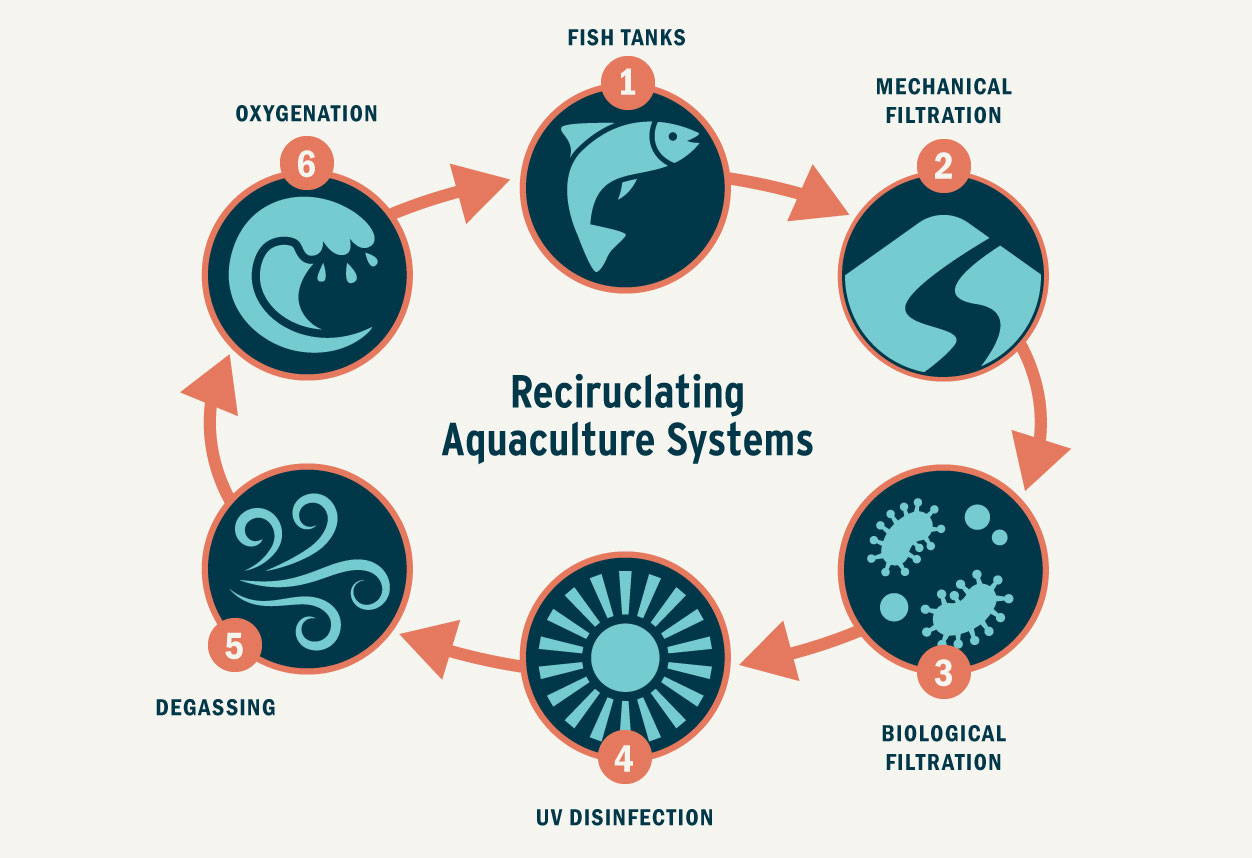
Recirculating Aquaculture Systems Use the Best of Tech to Follow Nature’s Lead
Sustaining Environmental Integrity
Part two of this series illustrated several ways that aquaculture can support efforts to bring the earth’s natural systems back in balance. But preserving our planet’s existing ecological harmony is the best way to avoid that need. Such a conservation mandate is imperative in the Patagonian territory that Secret Island calls home since it is one of the best ecologically-preserved regions in the world. A look at how our sites, systems, and operations are selected, designed, and monitored shows how an intimate understanding of the way the natural world works can inform the practices that protect it.
Selecting a Site that Serves People & Planet
The United Nations Food and Agriculture Organization (FAO) has a mission to serve human and planetary needs that echoes the one shared in the World Resources Institute’s “Creating a Sustainable Food Future” plan (noted at the beginning of this blog series). The FAO’s stated mandate is “to end hunger and malnutrition across the globe through sustainable agriculture, sustainably managing, preserving and restoring natural resources and ecosystems.” That aim informs the organization’s policy brief detailing how to integrate aquaculture into the broader ecosystem.
The three principals of this “Ecosystem Approach to Aquaculture” can be summarized as a call to:
- Developing without degrading
- Improve human well-being with equity
- Grown in context with other appropriate sectors, policies, and goals
That practical plan for responsible aquaculture development realizes the harmonizing principle behind the FAO’s master plan. Secret Island employed this powerful triple perspective to evaluate the physical environment, social impact, and existing regulatory policies when selecting the optimum place for our aquaculture facilities. All three factors also serve as critical reference points for consistently monitoring how our operations integrate with the pristine land and rich local culture we seek to sustain.
Building a System that Goes with the Flow
As the Global Seafood Alliance notes, the kind of land-based aquaculture system that Secret Island uses to raise our salmon through its early stages of growth is one of the surest ways to reduce the environmental impacts of farming fish. The most advanced forms of these systems leverage the best of science to protect nature and mirror its regenerative cycle to produce pure products while using the least amount of natural resources and minimizing waste. The graphic at the top of this post shows the heart of this model of natural efficiency that Recycled Aquaculture Systems (RAS) are based upon. The sequence noted directly below (keyed to the illustration above) shows the synergistic processes behind this elegantly efficient model:
- Pure water refreshes tanks and retains 99.5% of the supply.
- Particles are removed like those strained by rocks and vegetation in a stream.
- Bacteria convert toxic ammonia as they do in the natural nitrogen cycle.
- UV Disinfection simulates sunlight’s purifying radiation power.
- Degassing regulates O2 levels in the same manner that gasses are exchanged at the air-water interface in natural water bodies.
- Oxygenation adds 02 to water the same way that wind, waves, and photosynthesis do.
Secret Island’s parent company, Salmones Austral, recently built a post-smolt fish farm in Cochamó, Chile. It is one of the latest and most advanced aquaculture facilities to exploit the progressive thinking and technology that can make the most of RAS. This video shows the mechanical processes in the Cochamó farm that emulate the natural processes detailed in the graphic above. The result is a system that goes beyond its impressive optimization of food production. It does so while capturing 90% of the solids it produces, retains 99.5% of the water it uses, and secures stock in a 100% escape-proof facility. All those factors minimize this state-of-the-art aquafarm’s environmental impact while maximizing its use of natural resources.
Monitoring and Managing Sustainable Success
Salmones Austral’s Sustainability Report details five ways that Secret Island’s parent company continually evaluates and updates our commitment to preserving and protecting our local environment. These include:
- An Integrated Environmental Management System that outlines strategies to uphold our commitment to pursuing conservation, safeguarding biodiversity, and ensuring ecologically-responsible practices
- Voluntary Compliance with the strict standards set by both national regulations and international standards for environmental sustainability, including our 4-star certification of Best Aquaculture Practices that sanctions every part of our facilities’ food production chain
- Environmental Contingency Plans for all freshwater and seawater farming centers, detailing the initiatives and standards that ensure our compliance in protecting the environment
- Waste Management Initiatives, including implementing clean energy alternatives such as converting boat engines to run on LPG gas, adopting electrified equipment to reduce atmospheric admissions, and refining sewage treatment to comply with stricter regulatory standards
- Monitoring and Measuring a host of environmental indicators company-wide to constantly analyze water quality, air mitigation systems, and other environmental parameters for the preventive approach critical to minimizing the possibility of any adverse impacts to the land and waters around our island home
The tactics profiled above are just some of the ways we continually seek to raise seafood in harmony with the environment we’re committed to protecting and preserving. Our next post will zero in on how we ensure the well-being of the fish that swim within it and the good health they can support for us all.
